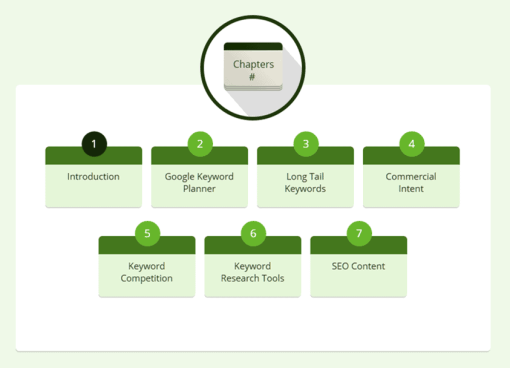Keyword Research: The Definitive Guide
With all the talk in the SEO world today about content, authorship and social signals it’s easy to forget a little thing that happens to be the foundation of SEO: keyword research.
I’m not exaggerating when I say that without keywords, there’s no such thing as SEO.
Keywords are like a compass for your SEO campaigns: they tell you where to go and whether or not you’re making progress.
They also help you figure out the thoughts, fears, and desires of your target market (as your Analytics stats will tell you, people type their inner-most thoughts into Google’s little search bar).
In fact, keyword research is just market research for the 21st century.
Now you have a comprehensive guide that’s going to show you exactly how to find words and phrases that your target market uses to find information on the web.
And when you tailor your on-page SEO around the right keywords, you’ll watch your site rocket to the top of Google — landing you more leads, sales and commissions in the process.
But there’s a catch:
Before you fire up a keyword research tool or fiddle with a single title tag, you need to identify niche markets in your industry.
Once you find these niche markets, you’ll be able to tap into untapped buyer keywords that your competition doesn’t know about.
Remember that each Long Tail Keyword may only get 100-1000 searches per month. Which means – in order to get lots search engine traffic from long tails — you need to bang out dozens (or even hundreds) of articles…each optimized around a single Long Tail Keyword. Publishing reams long tail-focused content puts you at serious risk of a Google Panda penalty. In fact, companies like Demand Media and Suite101 lost millions betting on this strategy.
That’s not to say you shouldn’t use long tails as part of your search engine optimization strategy (in fact, there’s an entire chapter in this guide dedicated to finding them). But don’t fall into the trap of banging out hundreds of pages hoping to rank for long tails.








